Aiming to boost exports of fish, wood and minerals via the Arctic Ocean, Finland has settled on a route to study in more depth for a railway running from the centre of the country north to the Norwegian Arctic port town of Kirkenes, a distance of approximately 730km.
Estimated to cost around €2.9bn to build, the route from the Finnish city of Oulu near the head of the Gulf of Bothnia to Kirkenes was chosen on 9 March from among five routes proposed last July, which terminated variously in Narvik and Tromsø, also in Norway, and the Russian Arctic port city of Murmansk.
The Oulu-Kirkenes route was deemed optimal for feasibility, cost, and projected passenger numbers. In the plan as it stands, Finland would contribute €2bn and Norway €0.9bn. The bulk of the route would be in Finland.

The route from Oulu to Kirkenes (Google Maps)
“The Arctic railway is an important European project that would create a closer link between the northern, Arctic Europe and continental Europe,” said Finland’s transport minister Anne Berner. “The connection would improve the conditions for many industries in northern areas. A working group will now start to further examine the routing to Kirkenes.”
Norway is on board with the scheme, with its transport minister Ketil Solvik-Olsen saying: “We wish to continue the excellent Norwegian-Finnish collaboration.”
The two countries have established a joint working group to research the Arctic railway this year, looking into environmental issues, costs, and financing options, as well as the railway’s impact on the traditional Sami people; its deadline for reporting is is 31 December 2018.
Finland believes the railway would improve its trading position by giving it access to deep-water ports of the Arctic Ocean that are ice-free throughout the year. It would also open up a new connection to the Atlantic Ocean and the Northeast Passage.

The proposed terminus: Kirkenes, Norway, in summer (Bair175/Wikimedia Commons)
Initial plans are to transport minerals, fish products, raw wood and wood industry products, and also tourists, with tourism being a sector the countries want to develop in the far north.
On the downside, the transport ministry said the railway would not pay for itself in the short term, but it held out the possibility that with industrial development in the north, or with changes in the cost of different transport modes, the link could become more “socio-economically feasible”.
The joint working group will also examine the impact of the route on the livelihood and culture of the Sami people, who have traditionally fished and hunted reindeer in Finland’s Lapland, and in northern swathes of Norway and Sweden. Guidelines for interaction with the Sami Parliament concerning the research on the railway are to be agreed, the ministry said.
Meanwhile, studies on the railway and a report of the results by Finland’s Transport Agency are available here.
Top image: A Norwegian freight train returning south from the country’s northernmost terminus at Bodø, which is almost as far north as Kirkenes (Kabelleger/David Gubler/Wikimedia Commons)
Comments
Comments are closed.





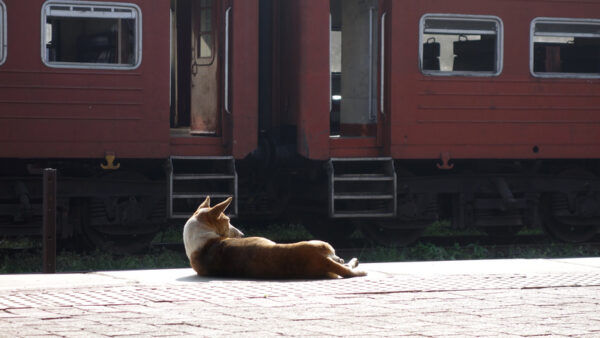
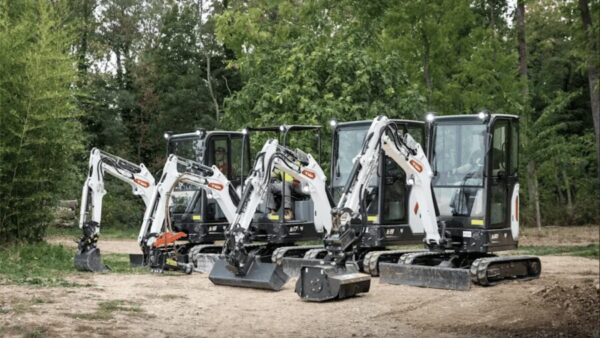

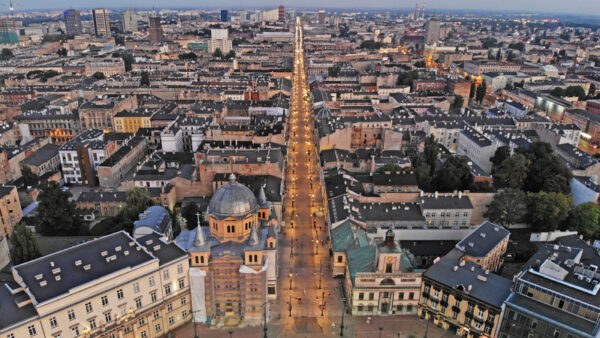
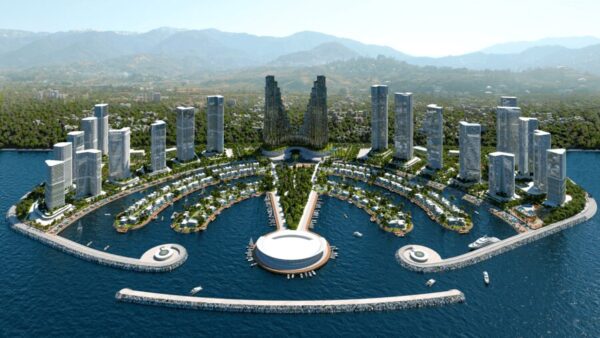
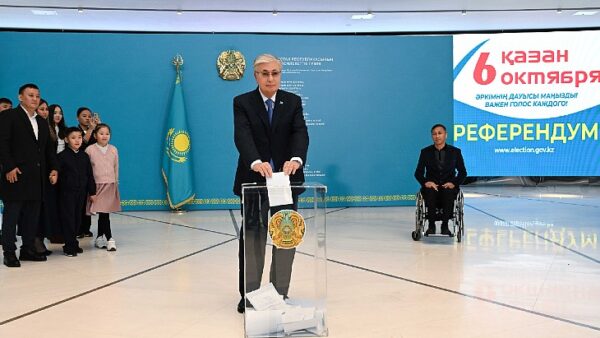
Brilliant.
A joint co-operation that will help Finland.